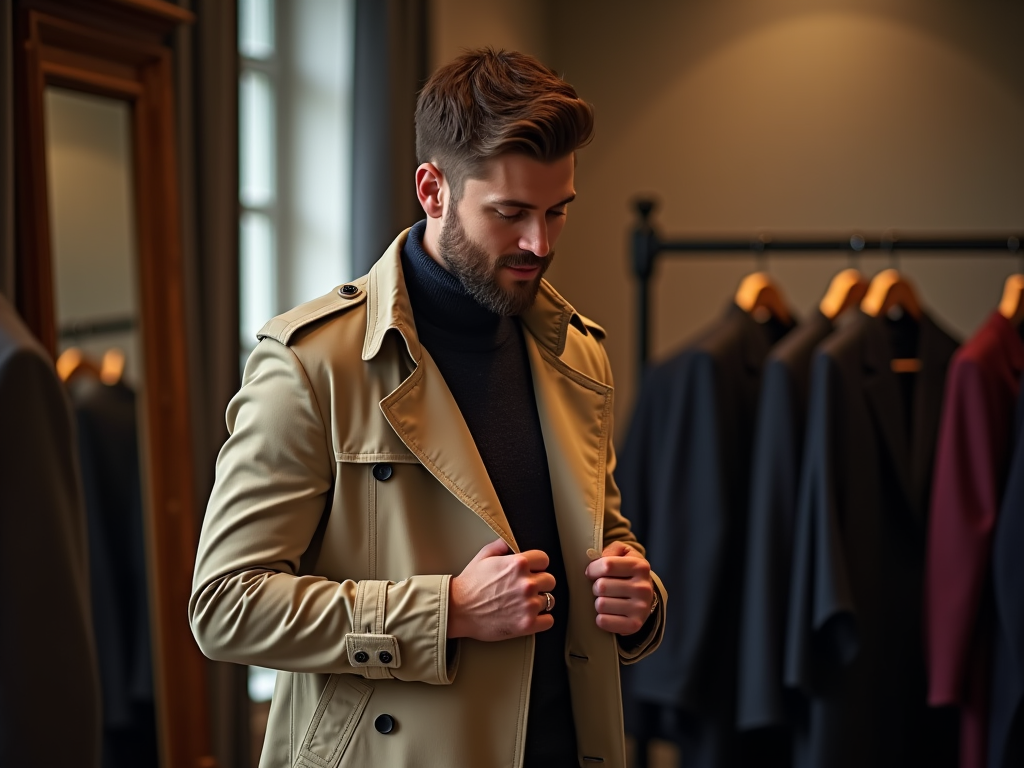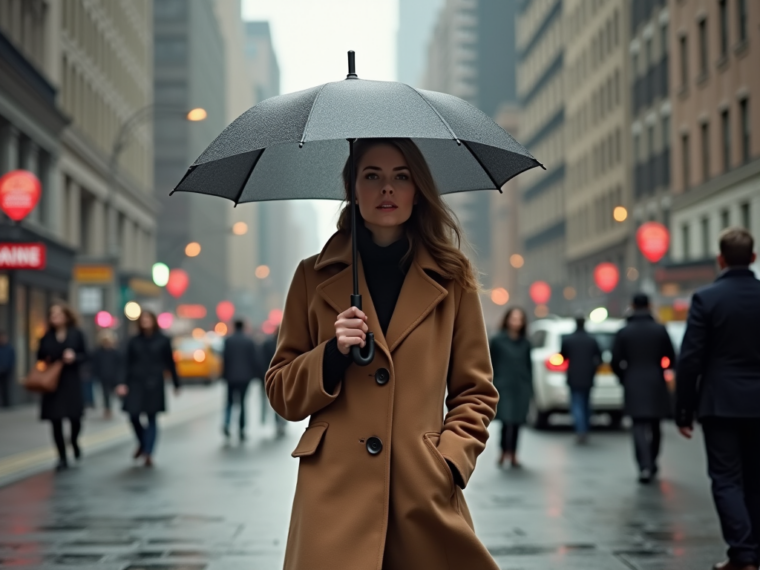The transition from fall to winter presents a unique challenge in selecting the perfect outerwear. The right overcoat or jacket must keep you warm, dry, and stylish regardless of erratic weather conditions. This guide will help you navigate the many options available, providing insights into the factors to consider when choosing an overcoat that suits your lifestyle and climate needs.
Understand Your Climate Needs

The first step in selecting a fall/winter jacket is understanding the climate you will face. Different weather patterns require varying levels of warmth and protection. If you live in a region with harsh winters, you will need a coat that’s heavily insulated and potentially water-resistant. Conversely, milder climates might allow for lighter options that provide flexibility in layering while maintaining a fashionable look.
When evaluating your climate needs, consider the typical weather conditions during the fall/winter months. Consider both the average temperatures and the precipitation levels. To detail climate assessment, you can:
- Analyze historical weather data for your area.
- Consider wind chill factors and humidity levels.
- Factor in any travel plans to colder regions.
Material Matters

The fabric of your overcoat or jacket significantly impacts its functionality and durability. Determine what material best suits your needs by looking into the options like wool, which is excellent for insulation and breathability, or synthetic materials like fleece, which offer lighter alternatives. Also, leather and faux-leather options provide a chic look while offering protection against wind.
Apart from insulation, also consider whether the material is water-resistant or waterproof, especially if you anticipate encountering rain or snow. Balancing warmth and weatherproofing is crucial to ensure your overcoat suits your daily demands.
Choosing an overcoat involves more than just the outer material; small features can make a big difference in comfort and usability. Ensure your coat includes practical features such as:
- Adjustable hoods and cuffs to customize fit and coverage.
- Multiple pockets for utility and warmth for your hands.
- Quality zippers or buttons that offer reliability in adverse conditions.
- A high-quality lining that retains heat while remaining breathable.
- Removable layers or inserts for versatility in changing weather.
These features not only enhance usability but also significantly improve your overall comfort. Investing in these details ensures that your coat remains both functional and stylish.
Fit and Style: Key Considerations
An overcoat or jacket should be more than a practical purchase; it should also make a style statement. Consider the fit that best complements your body shape and personal style. Trench coats offer a classic look with a waist-cinching belt, while parkas provide a more casual, relaxed silhouette. The right fit should allow for comfortable movement and room for layering without excessive bulk.
Fashion trends fluctuate, but timeless styles ensure your coat remains a wardrobe staple beyond a single season. Make sure the color and design complement your existing wardrobe to maximize versatility and appearance.
Conclusion
Choosing a fall/winter overcoat or jacket involves balancing warmth, protection, and style. By carefully considering your climate needs, selecting the right material, and prioritizing functional features, you can find an overcoat that serves its purpose without compromising on aesthetics. Always choose a fit and style that resonates with your personal taste while providing ample flexibility for layering. With thorough planning and attention to detail, your chosen outerwear won’t let you down no matter the weather.
Frequently Asked Questions
1. What is the best material for a winter coat?
Wool is generally considered one of the best materials for winter coats due to its excellent insulation and breathability. However, synthetic options like fleece or down-filled jackets can also provide ample warmth and potentially better water resistance.
2. How do I choose the right size for an overcoat?
Choose a size that allows room for layering underneath without being too bulky. Ensure you can comfortably move your arms and shoulders. It’s often recommended to go one size up from your regular size if you plan to wear multiple layers.
3. Are waterproof coats necessary for winter?
If you live in an area with heavy snow or rain, a waterproof or water-resistant coat is essential to stay dry and comfortable. However, in drier climates, this feature might not be as crucial.
4. Can I wash my overcoat at home?
Always check the care label on your coat before washing. Some materials like wool or down require delicate cleaning, often recommended to be dry-cleaned, while others like synthetic fabric may be machine washable.
5. What style overcoat is currently in fashion?
Recent trends favor oversized coats and structured silhouettes like double-breasted peacoats. Nonetheless, classic styles like the trench coat and parka remain in vogue due to their versatility and timeless appeal.





